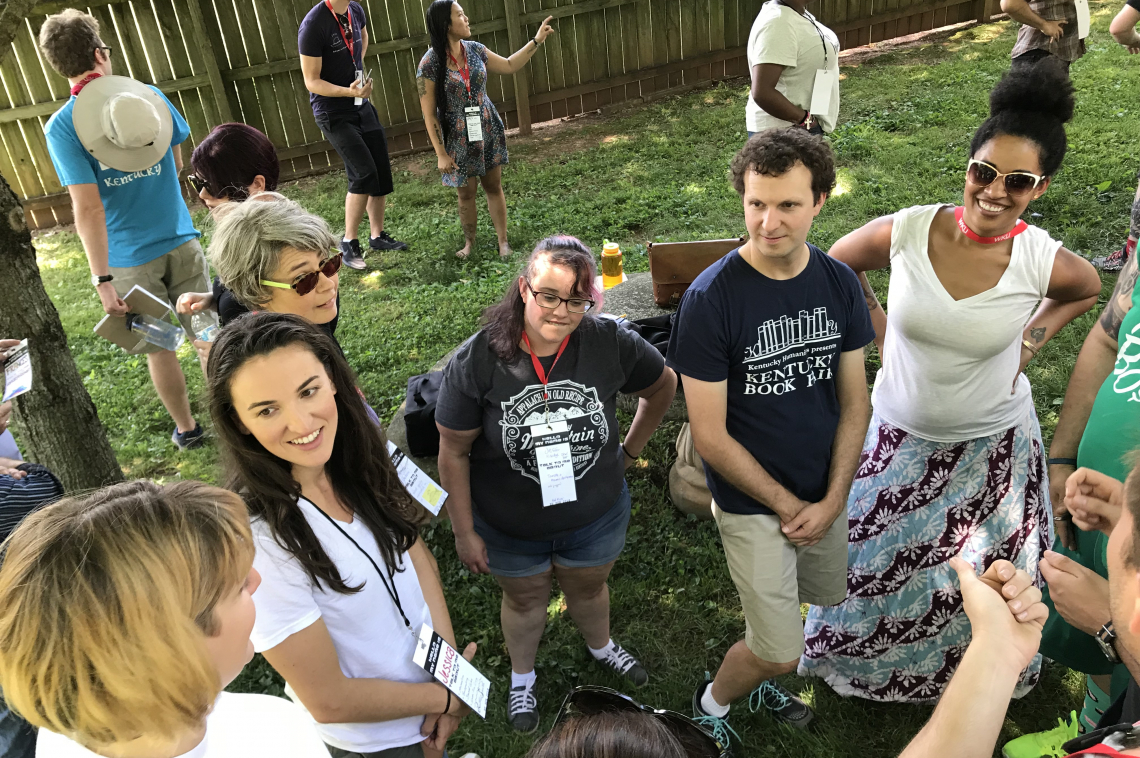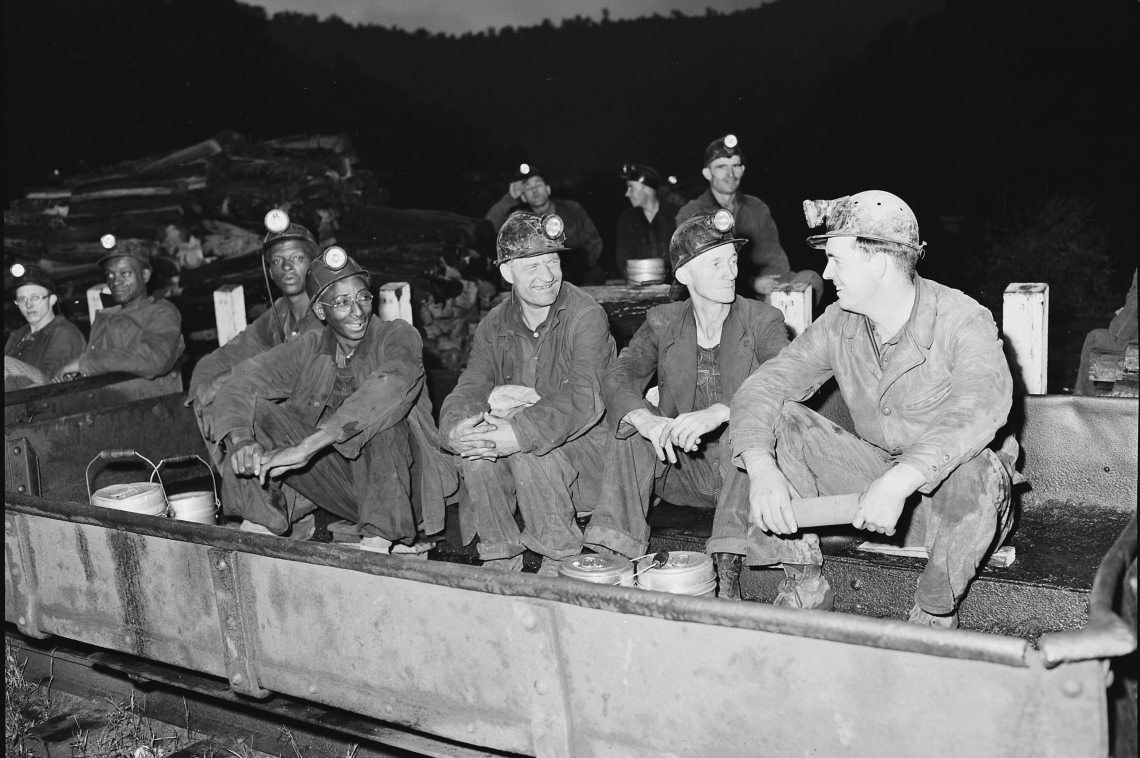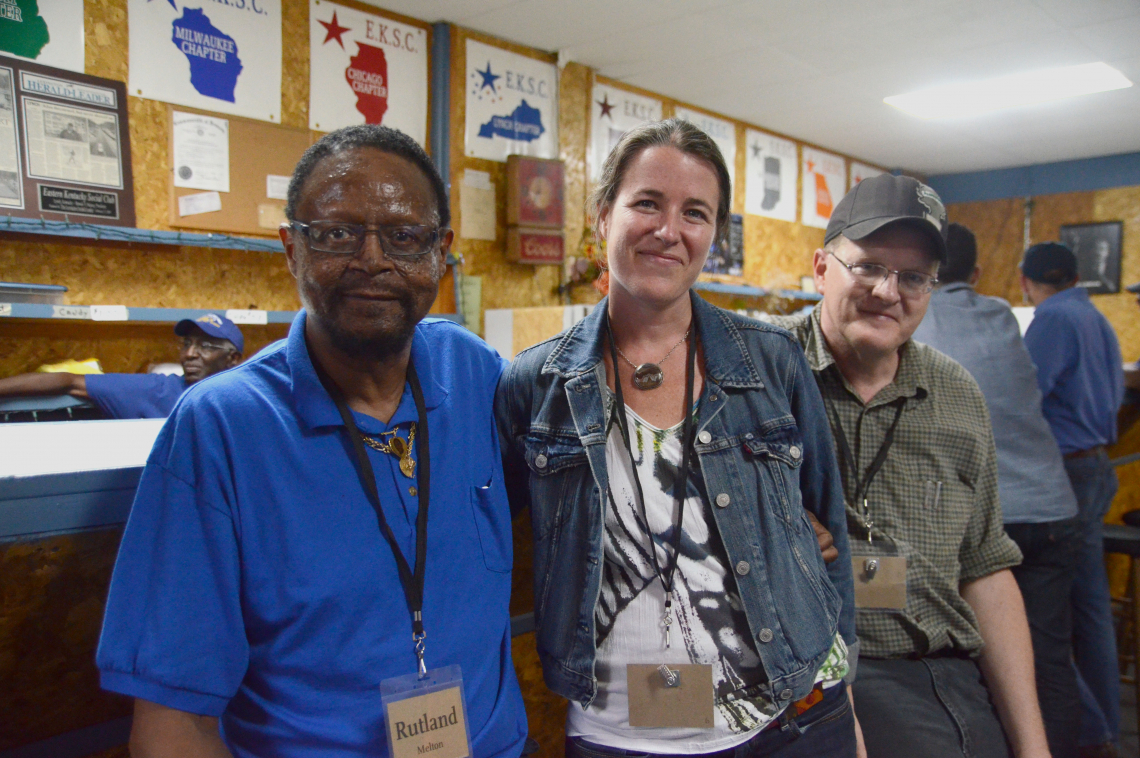


This is the first in a series of guest posts by Judi Jennings called “Asking Tough Questions About Creative Placemaking.” The series will highlight analysis and action ideas from interviews with some of the best minds in placemaking and philanthropy. The interviews are part of the “Creative Placemaking From the Community Up” project, which is supported by the National Endowment for the Arts Our Town Knowledge Building grants program.
Placemaking is more important now than ever before as our nation experiences conflicting worldviews, inequitable economic development, serious social divisions, and cultural antipathies. Rapidly changing contexts often require immediate responses. Yet, increasing polarities also demand careful analysis and new ways of acting.
To help think through these challenges and changes, I interviewed four colleagues whose work I admire. Below, all four offer carefully considered perspectives, rooted in their own cultural contexts, and propose concrete action steps for moving forward.
Challenging dominant rural/urban narratives
Sean Starowitz, Assistant Director of the Arts for the City of Bloomington, Indiana, and Erik Takeshita, Community Creativity Portfolio Director of the Bush Foundation, question what kinds of creative placemaking spaces are currently being designed, and for whom. Starowitz points to the need for more active roles for artists in imagining new futures for communities. Takeshita agrees, saying, “Artists and culture workers imagine what doesn’t exist and then manifest it. Now we need to do that on many fronts because current systems are not working for some places.”
Starowitz calls for “more healthy exchanges between rural and urban places, especially in the arts, to change the dominant narrative,” and identifies the “need to question the narrative that is creating a sense of ‘otherness’ and fracturing us into islands of blue among the seas of red. We need to look for commonalities, not just differences, and arts can be used as an equalizer.” He looks to historic intergenerational mentor/apprentice models as examples to create new rural/urban relationships and cross-cultural exchanges.
I see The Kentucky Rural Urban Exchange, RUX, as a robust example of creative sharing that can build bridges between rural and urban people and places. Geography can define individual and community identities as well as physically separate people. RUX, now in its fifth year, provides inclusive cohorts of participants with opportunities to visit and learn about rural and urban communities across the state.
Creating inclusion
Takeshita offers a “targeted universalist approach” to creative placemaking, encompassing equity, culture, and economic development, saying that communities can move forward by “walking on two feet,” one foot for culture and equity and the other for economic development. I see the transatlantic, multi-media After Coal project as an example. Through real time and virtual exchanges, the project is reclaiming the history and culture of coalmining in Appalachia and South Wales (a UK coalmining area) to imagine new futures for both regions.
By walking on two feet, says Takeshita, communities can move steadily forward and make sustainable progress. Successful strategies can become legible more quickly in rural areas and can then transfer to small towns, suburbs, and then on to big cities. The most important keys, he believes, are creating synergies and interdependence.
Takeshita and Starowitz’s words resonate with what I have learned from feminists, like Kimberlé Williams Crenshaw and bell hooks, about intersectionality and collective action. Multiple factors—such as race, sex, ethnicity, gender, sexual orientation, health, class, and economic and immigration status—determine individual and community identities and open new possibilities for change. Recognizing intersectionality means reimagining creative placemaking as a form of equitable and inclusive movement-building. Placemaking from the community up also requires new metrics for success, informed by the lived experiences of community members.
Changing philanthropy
Recognizing intersectionality and changing how philanthropy works in these contexts are key goals for Carly Hare, national coalition director for CHANGE Philanthropy. Founded in 1993, CHANGE Philanthropy works to advance equity through new analyses that draw on their partners’ experiences, perspectives, knowledge, and values. All of these partners are national in scope, but also have deep understandings of local contexts.
Recognizing the complexities of intersectionality, their partners are not organized into specific issue areas. Instead they focus on bridging together community members and funders to have deeper conversations about equity and strategies for philanthropy. They are weaving networks together using practices based on equity and inclusion in making connections. For example, working with the Greater New Orleans Funders Network on the 2017 UNITY Summit, partners helped bring together local, regional, and national funders to focus on the US South. Recognizing intersectionality in rural areas, they intentionally included participants from a range of backgrounds.
Program Director at Rural LISC, Bob Reeder, has a lot to say about creative placemaking, as you will see in my next blog on health and safety. He also has a gift for telling a story or offering a powerful flash of cultural insight. He says that, “No place is monolithic; it’s more about the typology of the place than the number of people in the population center. In some places, people can still bond around who your grandfather was and what he did.”
Reeder’s words instantly remind me of the Eastern Kentucky Social Club, which is comprised of black coal miners, their families, and now their grown children. Some of the largest gatherings of club members happen in Detroit, where miners migrated in the 1960s when mechanization put them out of work in Kentucky. When people left, they proudly carried their culture with them. When they come back to the club’s home base in Harlan County, they are warmly welcomed, regardless of where they live now. As Reeder says, place carries much larger meanings than size or census numbers, so placemaking should, too.
I believe that to survive and flourish in our current contested contexts, creative placemaking must fully embrace finding solutions for all and avoid contributing to the problems of some. As demonstrated by these examples, people with long histories of creative placemaking by necessity—especially those in rural areas, on reservations and in high poverty urban and ex-urban places—must be the architects of their own futures. Creative placemaking from the community up strives to include all voices and value the lived experiences of those most directly affected. In this way, cultural equity becomes the heart of creative placemaking.
.
About Judi Jennings
Born and bred in Kentucky, Jennings earned a Ph.D in 18th century British history, worked at Appalshop arts and media center, served as founding director of the University of Louisville Women’s Center, and directed the Kentucky Foundation for Women. Now retired, so to speak, she directs a special project that creates art every Sunday night with families visiting incarcerated loved ones in the Louisville Metro Jail, and works for more equitable policies and practices for these families.





